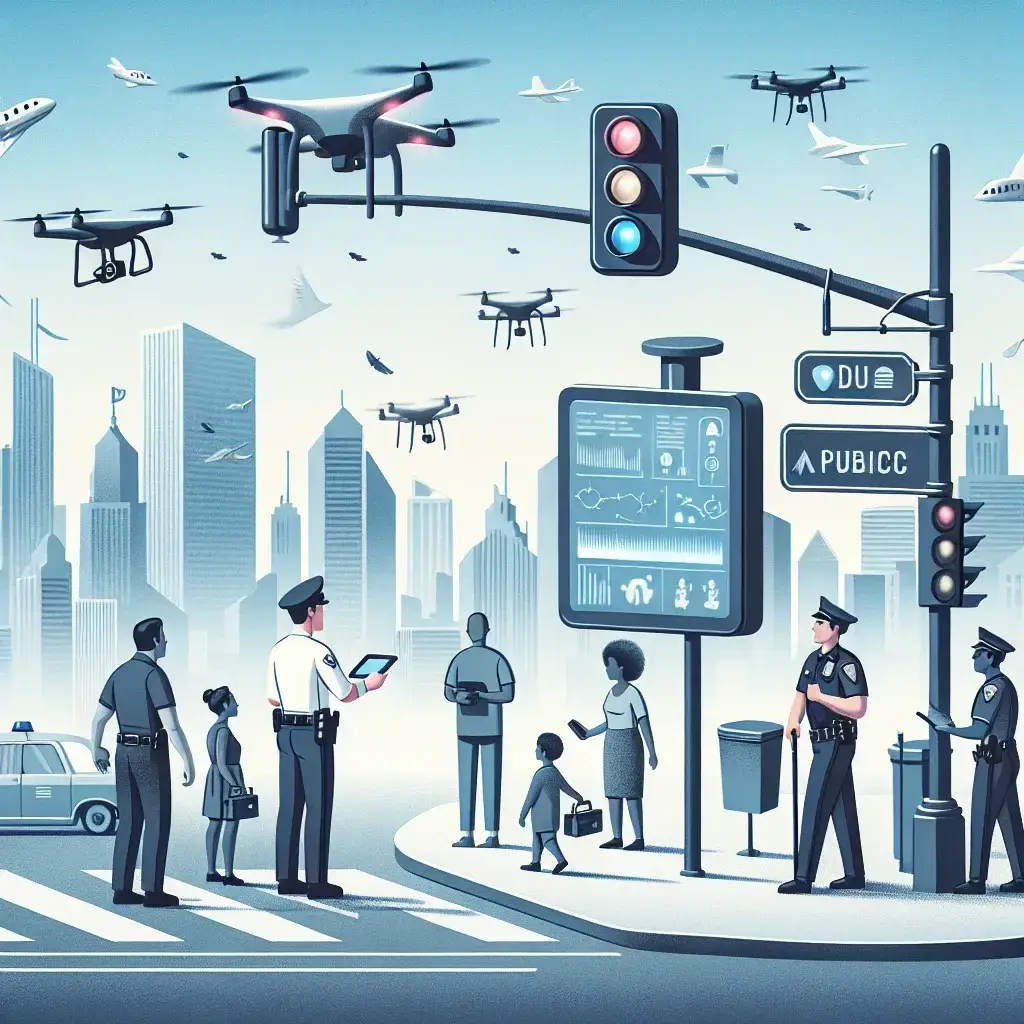
Tech in Law Enforcement: Balancing Security and Privacy in Smart Cities
In the era of smart cities, technology is transforming almost every aspect of our lives, including law enforcement. With the rise of IoT devices, machine learning algorithms, and big data analytics, law enforcement agencies are increasingly relying on advanced technologies to enhance public safety and maintain law and order.
The Role of Technology in Law Enforcement
From surveillance cameras and facial recognition systems to predictive policing algorithms, technology has revolutionized traditional law enforcement practices. These innovative tools provide law enforcement agencies with a wealth of data, allowing them to identify patterns, predict criminal activities, and quickly respond to incidents.
For example, in smart cities, surveillance cameras equipped with facial recognition technology help law enforcement agencies monitor public spaces and identify potential threats. These systems can automatically detect and notify authorities about suspicious activities, preventing crime before it happens.
The Security-Privacy Dilemma
While technology has undoubtedly improved the efficiency and effectiveness of law enforcement, it also poses a significant challenge – balancing security and privacy. The collection and analysis of vast amounts of data raise concerns about the invasion of privacy and potential misuse of personal information.
Privacy advocates argue that ubiquitous surveillance and facial recognition systems infringe on individuals’ right to privacy and have the potential for misuse. They raise concerns about wrongful identification and surveillance of innocent individuals, as well as the creation of a surveillance state.
Law enforcement agencies must, therefore, find a delicate balance between ensuring public safety and safeguarding individuals’ privacy rights. Transparency, accountability, and proper regulation of technologies become crucial in this endeavor.
The Importance of Regulations and Accountability
To address the security-privacy dilemma, it is essential to establish clear regulations and guidelines for the use of technology in law enforcement. These regulations should outline the permissible purposes, data retention policies, and safeguards to prevent abuse.
Furthermore, ensuring accountability is essential to prevent misuse of technology and protect individuals’ rights. Law enforcement agencies must be transparent about their data collection and usage practices, and there should be mechanisms in place for independent audits and oversight.
Building Trust through Collaboration
Another crucial aspect of balancing security and privacy is fostering collaboration between law enforcement agencies, technology companies, and the public. Open dialogue and cooperation can help address concerns and allow for the development of more privacy-friendly technological solutions.
Public engagement and education initiatives can also play a vital role in building trust. Ensuring that the public understands how technologies work, their limitations, and the measures in place to protect privacy can alleviate concerns and promote acceptance.
The Future of Tech in Law Enforcement
The use of technology in law enforcement will inevitably continue to evolve as new advancements emerge. It is crucial to stay vigilant in addressing the security-privacy dilemma and ensuring that technology is used responsibly, ethically, and within the boundaries of the law.
By striking a balance between security and privacy, smart cities can leverage technology to create safer and more inclusive environments for their residents. With proper regulations, accountability, and collaboration, technology can be a powerful tool in law enforcement while respecting individual rights and freedoms.
